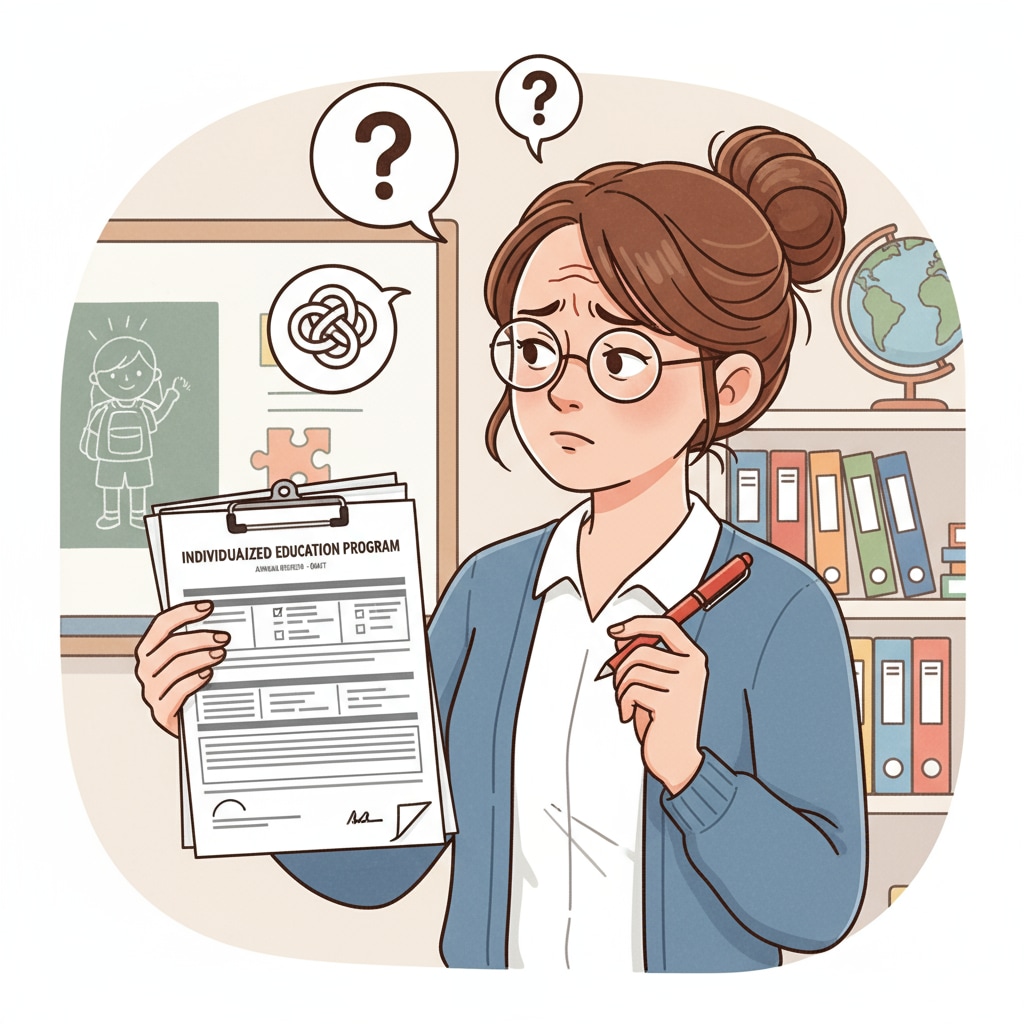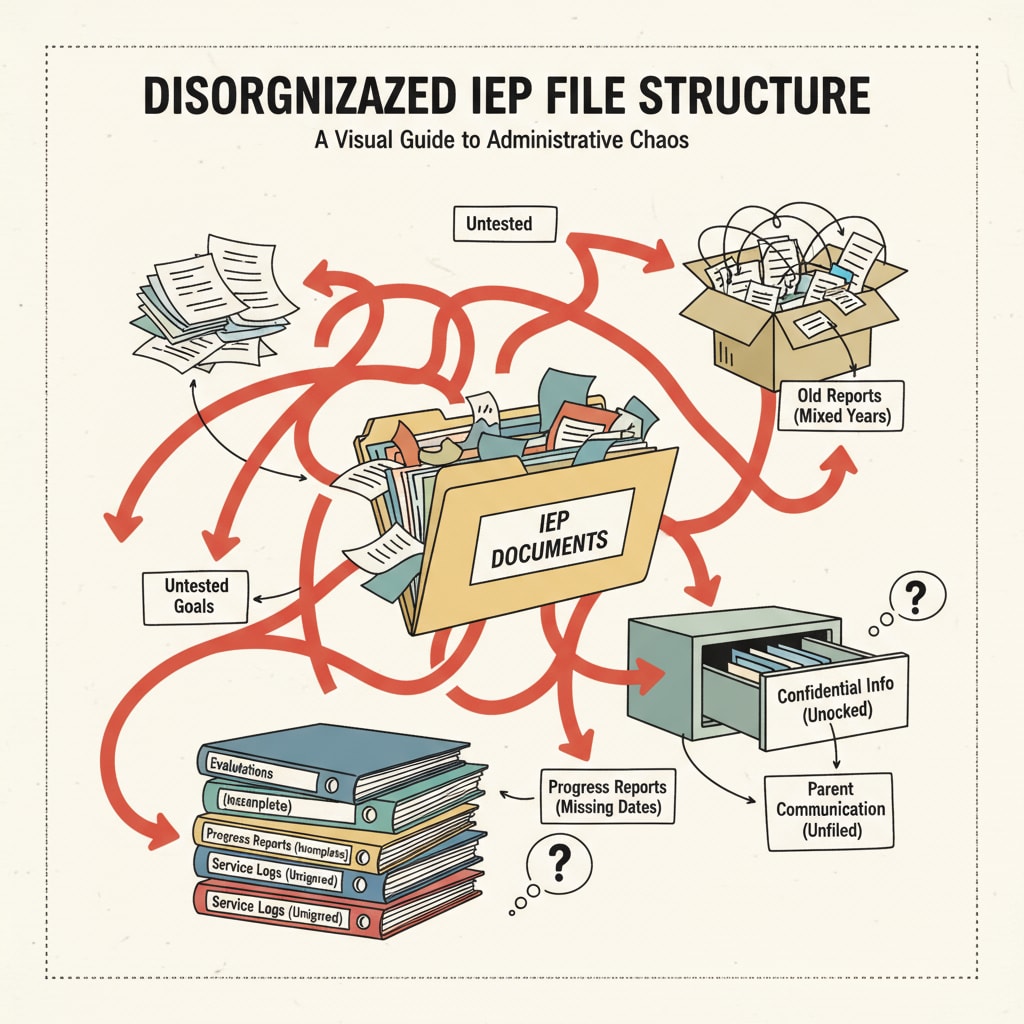In the realm of special education, the issue of special educators facing comprehension difficulties with Individualized Education Program (IEP) documents is a prevalent concern. These documents are crucial for tailoring education to meet the unique needs of students with disabilities. However, as educators strive to implement these plans, they often find themselves lost in a maze of complex language and convoluted structures.

The Complexity of IEP Language
The language used in IEP documents is a significant hurdle. It is often filled with technical jargon and educational acronyms that can be bewildering for even experienced educators. For example, terms like “present levels of academic achievement and functional performance” (PLAAFP) and “least restrictive environment” (LRE) require a deep understanding of special education law and policy. According to Understood.org, these complex terms can make it difficult for educators to accurately interpret the goals and objectives set for each student. As a result, they may struggle to translate these into effective teaching strategies.
The Impact of File Structure
The structure of IEP files also plays a role in the comprehension difficulties. The documents can be long and disjointed, with information spread across multiple sections. This lack of clear organization makes it hard for educators to quickly access the relevant details. For instance, the goals section might be separated from the services and support section, making it challenging to see the full picture of how to support a student. A study by ERIC has shown that a more streamlined and logical file structure can significantly improve educators’ understanding and implementation of IEPs.

Another aspect is the inconsistent formatting of IEP documents. Different schools or districts may use various templates, which further adds to the confusion. Educators who move between different educational settings may find themselves constantly adapting to new formats, making it even more difficult to develop a solid understanding of the content.
To address these issues, simplifying the language used in IEPs is essential. Using plain language and providing clear definitions of technical terms can make the documents more accessible. Additionally, optimizing the file structure by creating a more logical flow and standardizing the format can greatly assist educators in navigating and understanding the information.
Professional training is also a key solution. Offering workshops and courses that focus on interpreting IEP documents can enhance educators’ knowledge and skills. These training sessions can cover topics such as understanding the legal requirements, deciphering the goals and objectives, and implementing the strategies effectively.
In conclusion, special educators’ difficulties in understanding IEP documents are a multifaceted problem. By addressing the language complexity, optimizing the file structure, and providing adequate professional training, we can help educators better serve students with special needs. This will ultimately lead to improved educational outcomes for these students. Readability guidance: The key points are presented in short paragraphs and through examples. The use of external links provides additional resources. The headings break down the main issues, and transition words like ‘however’, ‘for example’, and ‘as a result’ are used to enhance the flow.


